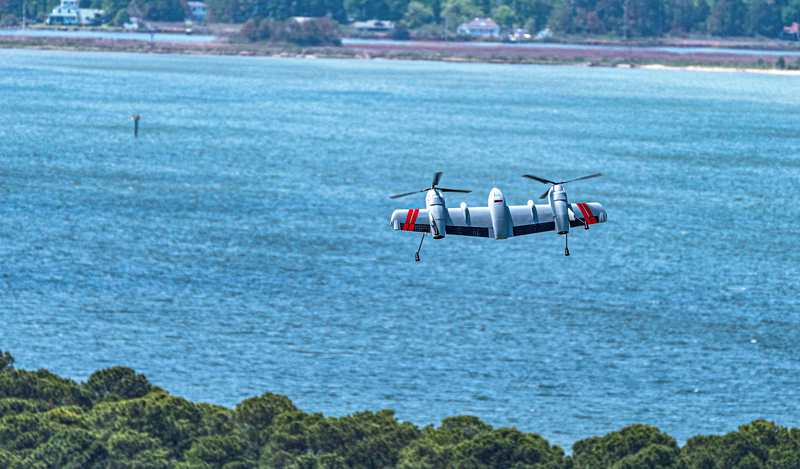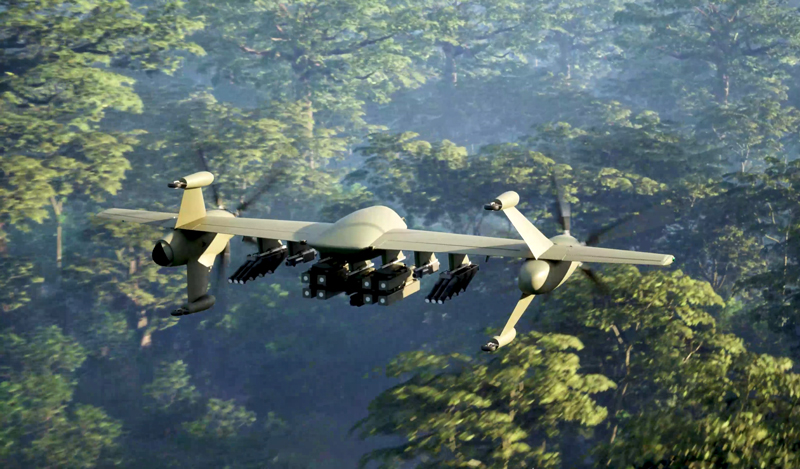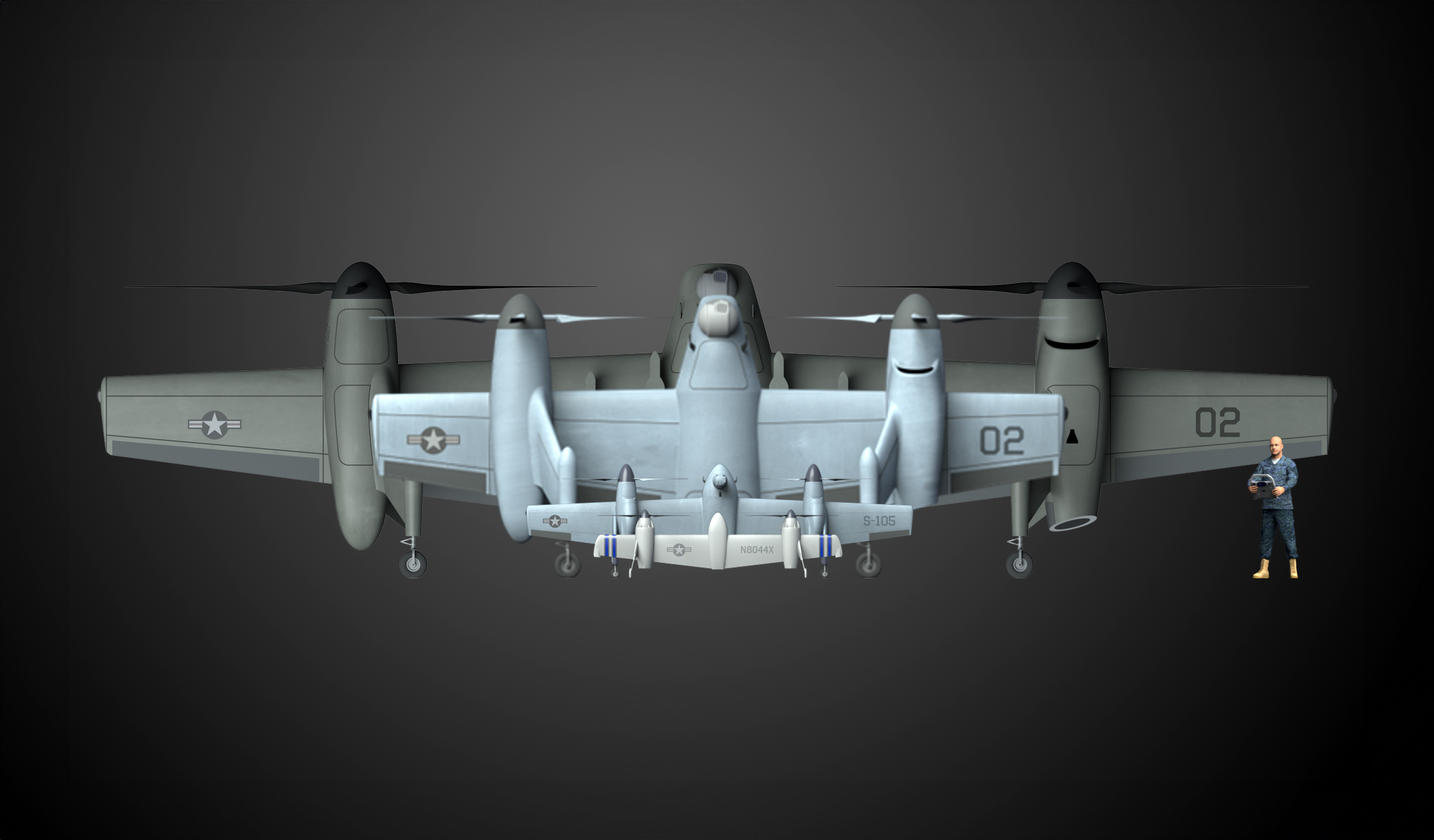Scalable VTOL Drones for Defense and Civilian Use
On October 6, 2025, Sikorsky, a subsidiary of Lockheed Martin, announced the introduction of its Nomad™ family of vertical take-off and landing (VTOL) uncrewed aerial systems (UAS). The Nomad line is designed to operate without runways, offering both vertical lift and fixed-wing cruise capabilities. Sikorsky’s twin proprotor configuration allows these drones to take off, hover, land vertically, and then transition to efficient wing-borne flight for extended range and endurance.


Rich Benton, Sikorsky vice president and general manager, described the Nomad as a “family” due to its scalable architecture. The platform can be adapted from small Group 3 UAS up to aircraft with a footprint comparable to a Black Hawk helicopter. This flexibility allows Nomad drones to serve a variety of roles across defense, national security, forestry, and civilian sectors.
Hybrid-Electric Propulsion and Autonomous Operations
Most Nomad variants employ hybrid-electric propulsion systems, while larger models will use conventional drivetrains. The aircraft are operated using Sikorsky’s MATRIX™ autonomy technology, enabling fully autonomous flight operations and mission execution. According to Dan Shidler, director of Advanced Programs, “Nomad represents new breakthroughs for Sikorsky and the next generation of autonomous, long-endurance drones.” The company is responding to Pentagon feedback by accelerating development and focusing on flexible, autonomous solutions for military users.
Prototype Progress and Upcoming Milestones
Sikorsky demonstrated a prototype Nomad 50 with a 10.3-foot wingspan in extended flight tests in March 2025. Currently, the company is building the Nomad 100, an 18-foot wingspan Group 3 drone, with its maiden flight anticipated in the coming months. These milestones signal rapid progress from concept to operational hardware, positioning the Nomad family as a “force multiplier” alongside legacy aircraft such as the Black Hawk, particularly in regions like the Indo-Pacific.
Strategic Implications
The Nomad family aims to fill a gap for runway-independent, long-endurance drones that can be deployed from land or sea. Their autonomous capabilities and modular design are intended to support a wide range of missions, from military reconnaissance and logistics to civilian applications in forestry and emergency response. As hybrid-electric propulsion becomes more prevalent, drones like Nomad may also help reduce operational costs and emissions compared to traditional aircraft.
For more information, visit the official Nomad program page at Lockheed Martin.
